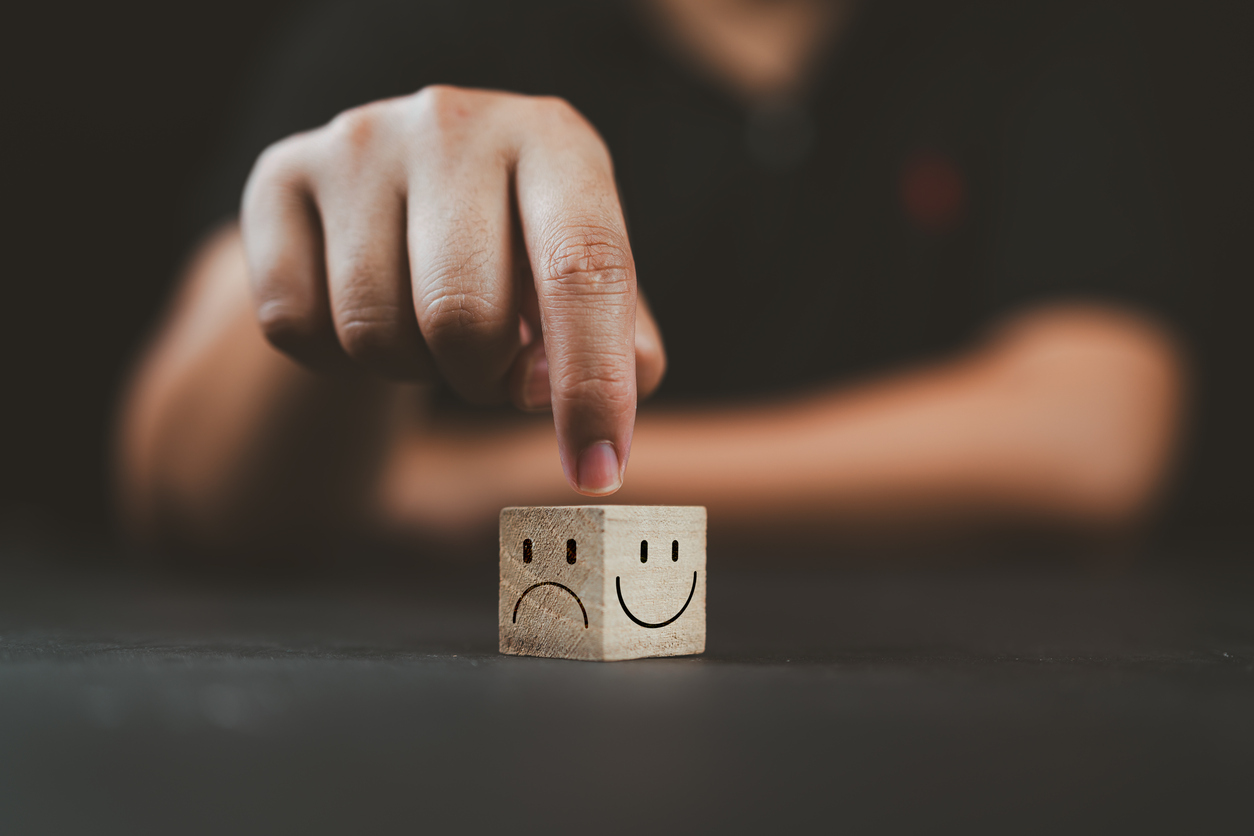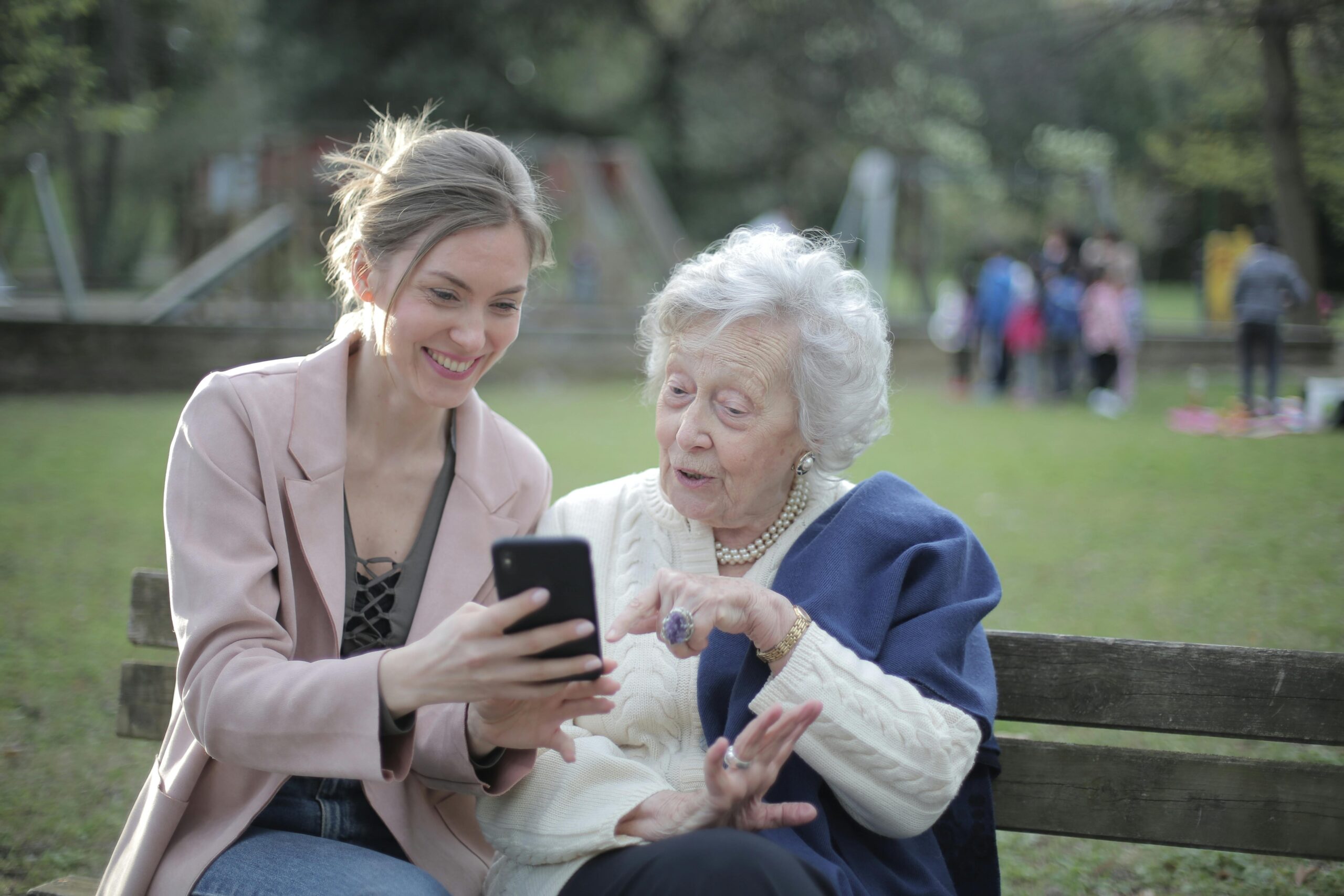We have all greeted our alarm clocks with disgust at times or been a bit overzealous with the snooze button, but what if your sleep pattern was so strained that every morning you and your alarm had a passive-aggressive standoff? How long could you tolerate that lack of sleep before your work or personal life was negatively impacted, and what, if anything, could help you find more rest to be the best version of yourself?
The National Safety Council (NSC) estimates that approximately 43% of workers are sleep-deprived, and that an overtired population is less productive, less present, and a potential safety risk. Organizations with safety sensitive positions or third shift workers have a greater risk, but all fatigued employees pose a greater risk to themselves and their employer than those that are well-rested.
Similar statistics from The Centers for Disease Control and Prevention indicate that many American adults (35%) get inadequate sleep (defined as under seven hours); and they indicate that lack of sleep is associated with increased risks for cardiovascular disease, obesity, diabetes, hypertension, depression, and all-cause mortality. Employee burnout is another phenomenon that is exacerbated if sleep issues exist.
As employers embrace the expansion of benefit offerings, sleep has entered the scene as a potential issue that needs addressing. Organizations are assessing how they can implement sleep education, tracking, and resolution for their employees with the goal of arriving at a more productive and healthier workforce. Employee benefit offerings surrounding sleep include some or all of the following features:
- Educational information related to sleep
- Mindfulness or stress reduction apps that might include reminders related to sleep habits such as your bedtime routine or your sleep environment
- Tracking of sleep patterns through wearable devices or apps with reporting to user; may or may not include suggestions for an enhanced sleep experience
- Supporting diagnosis and treatment of sleep disorders
- Remote monitoring of devices (e.g., CPAP machines)
Selecting the optimal solution for employees can be challenging, especially given that price points vary considerably, and employees are fatigued by all the available solutions. The best place to start is by examining the data available to you and try to assess if undiagnosed sleep disorders are a pain point within your organization. From there, consider how sleep support aligns with your overall wellness and well-being offering. Education around sleep is a strong entry point to talk about self-care and mindfulness without the stigma that surrounds conversations around behavioral health and substance abuse. Every one of us wants a better relationship with our alarm clock. Conveniently, many of the remedies for better sleep habits support better physical, emotional and psychological health as well. Given this, sleep tracking might just be the next big employee perk. Set your alarm, or you just might miss the trend.


